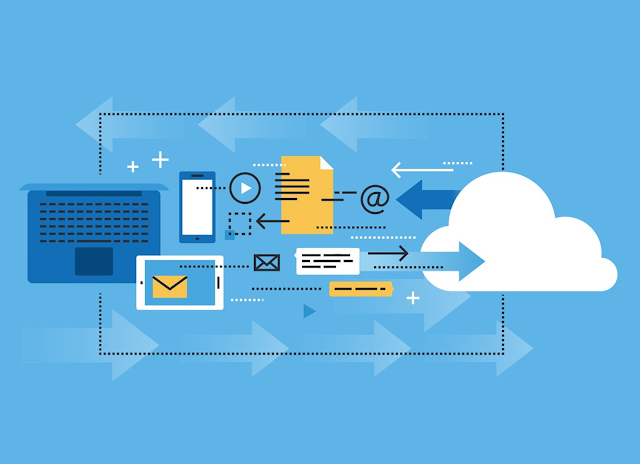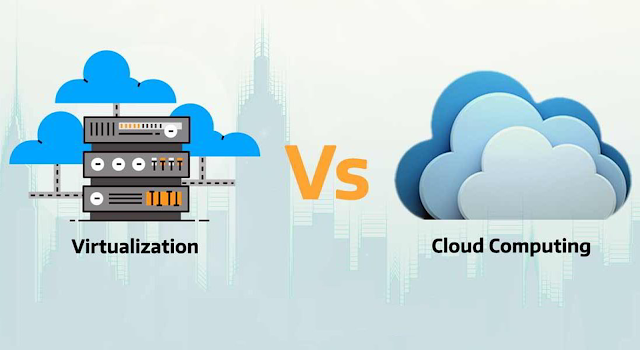As with any technology, cloud computing infrastructure also presents certain risks that organizations need to be aware of and address appropriately.
Some of the risks associated with cloud computing infrastructure include:
1. Data Security: One of the primary concerns with cloud computing is the security of data. Data stored in the cloud may be at risk of unauthorized access, data breaches, data leaks, and other security incidents. Organizations must implement robust security measures, such as encryption, strong access controls, and regular security audits, to protect data in the cloud.
2. Data Privacy: Cloud computing often involves the storage and processing of sensitive data, such as Personally Identifiable Information (PII) and other confidential information. Organizations need to ensure that their cloud service providers comply with applicable data privacy laws and regulations and take appropriate measures to protect the privacy of their data in the cloud.
3. Service Reliability and Availability: Cloud service providers may experience outages, service disruptions, and downtime, which can impact the availability and reliability of cloud-based applications and services. Organizations must have contingency plans in place to mitigate the impact of such events and ensure business continuity.
4. Vendor Lock-In: Cloud computing may involve dependence on a particular cloud service provider, which can result in vendor lock-in. Changing cloud providers or moving applications and data from one cloud to another can be complex and costly. Organizations must carefully consider the implications of vendor lock-in and plan for potential changes in the future.
5. Compliance and Legal Risks: Organizations may be subject to various compliance requirements, industry regulations, and legal obligations related to data protection, privacy, and security. It is essential to ensure that cloud computing infrastructure complies with relevant regulations and legal requirements and that proper contractual agreements are in place with cloud service providers to manage compliance risks.
6. Data Loss and Recovery: Data stored in the cloud may be at risk of accidental deletion, corruption, or loss due to technical failures, human errors, or other incidents. Organizations must have a robust data backup, disaster recovery, and business continuity plans in place to minimize the risk of data loss and ensure timely recovery of data in case of any incidents.
7. Cloud Service Provider Reliability: The reliability, performance, and support of cloud service providers can vary. Organizations need to carefully evaluate the capabilities, reputation, and track record of cloud service providers before selecting and relying on them for their cloud computing infrastructure.
8. Cost Management: While cloud computing can offer cost savings and flexibility, it also requires careful cost management. Organizations need to monitor and manage their cloud resource usage, optimize costs, and ensure that they are not overpaying for unused or unnecessary cloud resources.
We learn from mistakes and here is an example that helped us learn,
One example of a risk that was exploited in the context of cloud computing is the Capital One data breach that occurred in 2019. In this incident, a former employee of a cloud service provider (Amazon Web Services) gained unauthorized access to Capital One’s customer data that was stored on the cloud. The individual exploited a misconfigured firewall in the cloud infrastructure to gain access to sensitive customer information, including names, addresses, Social Security numbers, and financial data of approximately 106 million customers and applicants.
This data breach highlighted the risk of misconfiguration in cloud computing infrastructure, which can lead to unauthorized access and data breaches. It underscored the importance of properly configuring and securing cloud resources, implementing robust access controls, and regularly monitoring and auditing cloud environments to identify and address potential vulnerabilities. It also served as a reminder of the shared responsibility model in cloud computing, where both the cloud service provider and the customer have responsibilities for ensuring the security of data and applications in the cloud.
It is crucial for organizations to thoroughly assess and manage these risks associated with cloud computing infrastructure to ensure the secure, reliable, and compliant operation of their cloud-based applications and services. This may involve implementing appropriate security measures, establishing robust data management practices, selecting reliable cloud service providers, and having contingency plans in place to mitigate potential risks.
Disclaimer: The term “dark side” used in the topic headline is metaphorical and not intended to imply that cloud computing is inherently negative or malicious. Cloud computing has numerous benefits and has transformed the IT landscape positively. However, like any technology, it also comes with potential risks and challenges that organizations need to be aware of and address proactively to ensure the secure and reliable operation of their cloud-based applications and services. The term “dark side” is used in a figurative sense to highlight the potential downsides, risks, and challenges associated with cloud computing, and does not intend to portray cloud computing as inherently negative or harmful. Organizations should thoroughly assess and mitigate these risks through careful planning, implementation of appropriate security measures, and ongoing monitoring and management of their cloud computing infrastructure.






